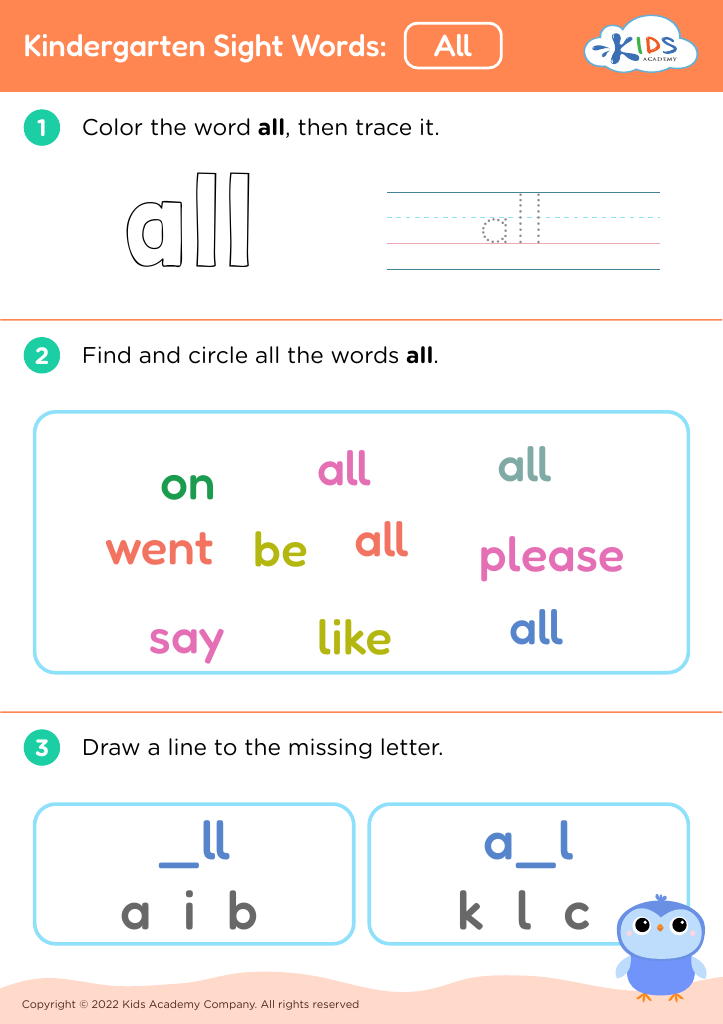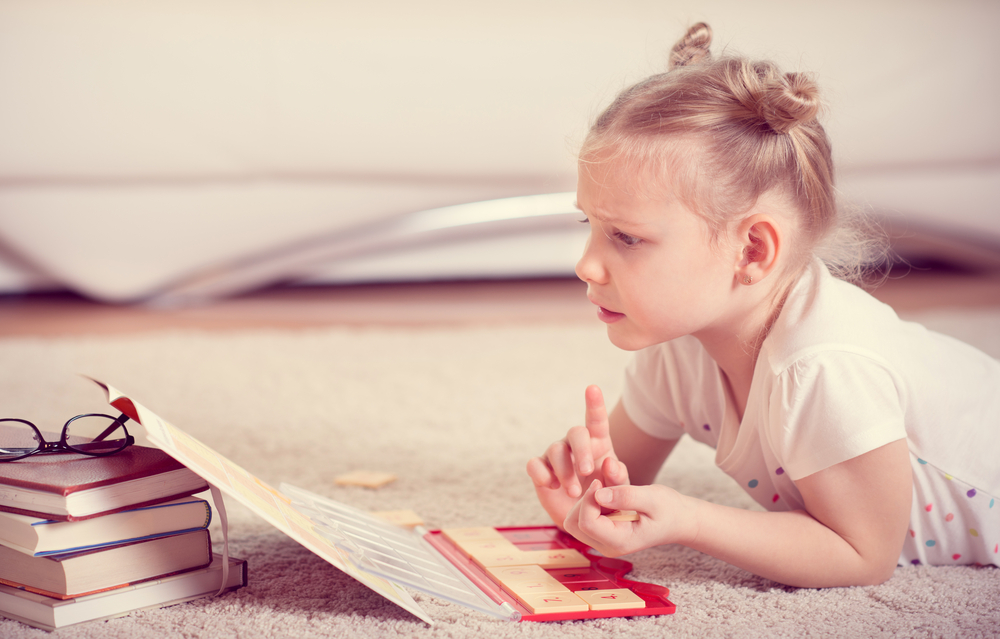Critical thinking skills Reading Worksheets for Ages 3-9
12 filtered results
-
From - To
Enhance your child's reading abilities with our Critical Thinking Skills Worksheets, designed specifically for ages 3-9. These engaging worksheets focus on developing essential skills such as comprehension, analysis, and reasoning through fun and interactive activities. Each printable resource encourages young learners to think critically about characters, stories, and themes, fostering a deeper understanding of the texts they encounter. Perfect for home or classroom use, our worksheets will help kids cultivate the skills they need for academic success while sparking their creativity and curiosity. Start your child's journey to becoming a confident thinker and reader today!
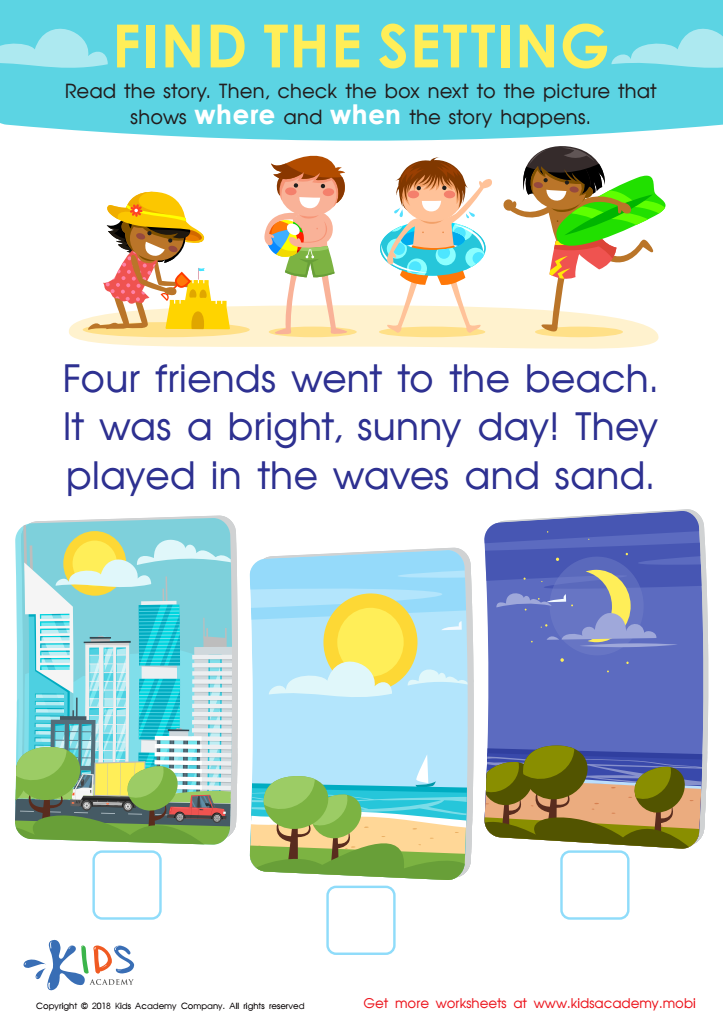

Find the Setting Worksheet
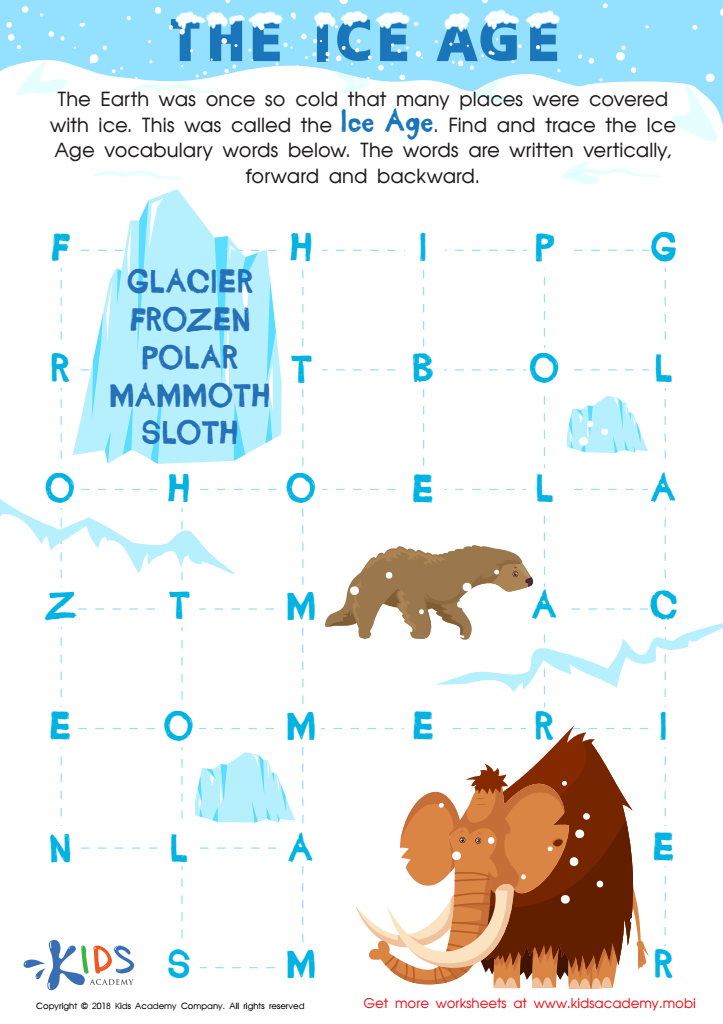

The Ice Age Worksheet
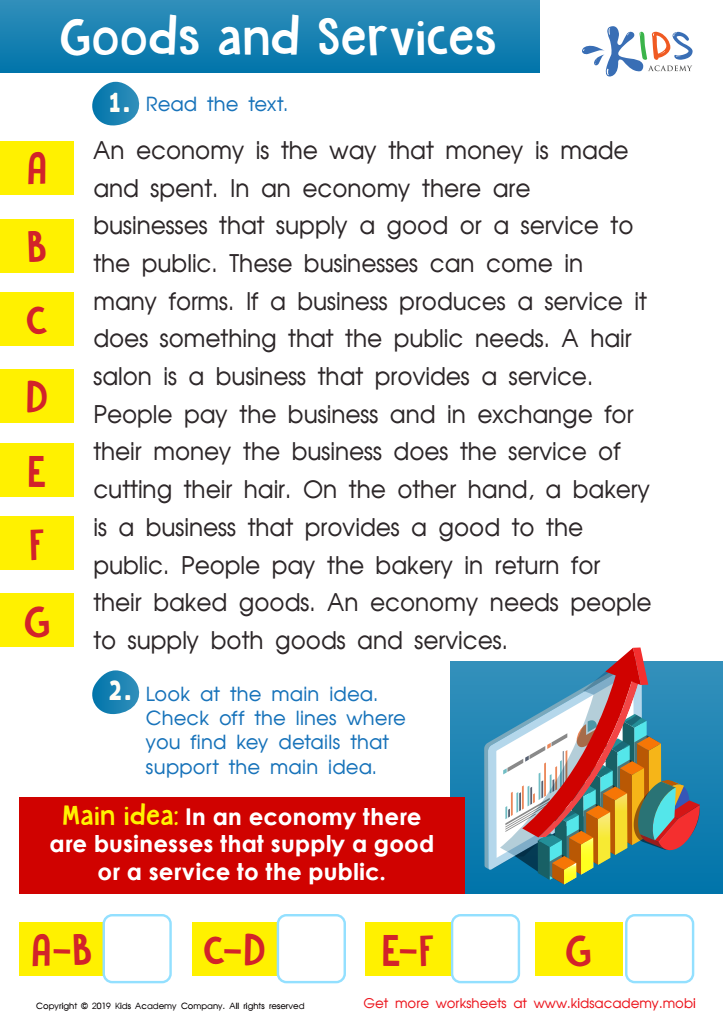

Goods and Services Worksheet
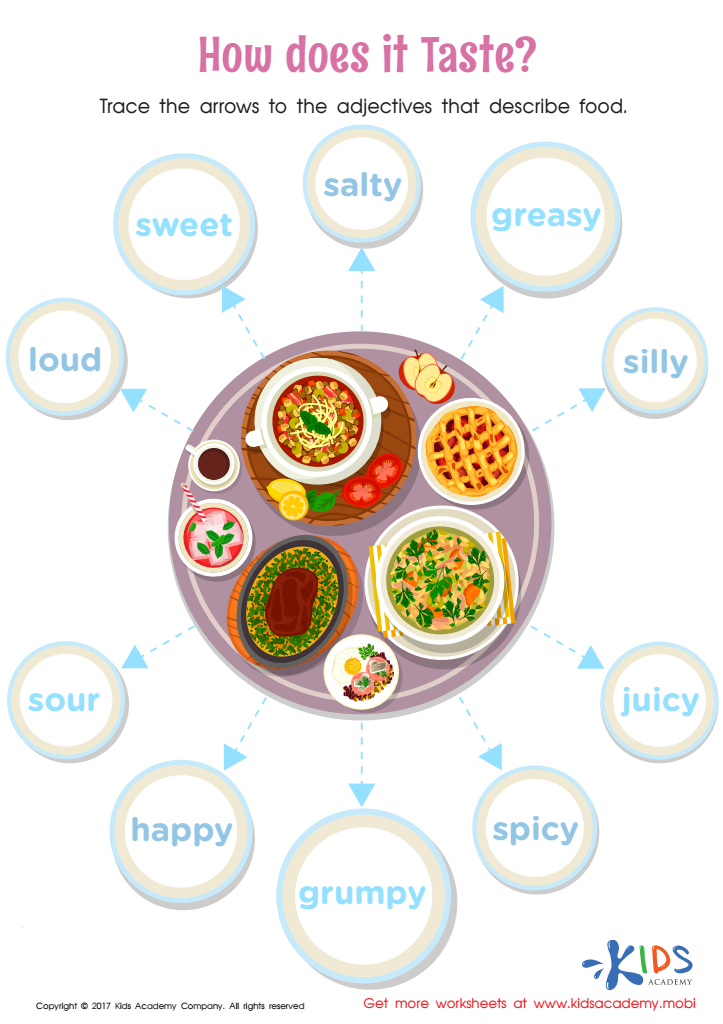

Food Adjectives Worksheet


Story Elements: Setting of a Fairy Tale Printable
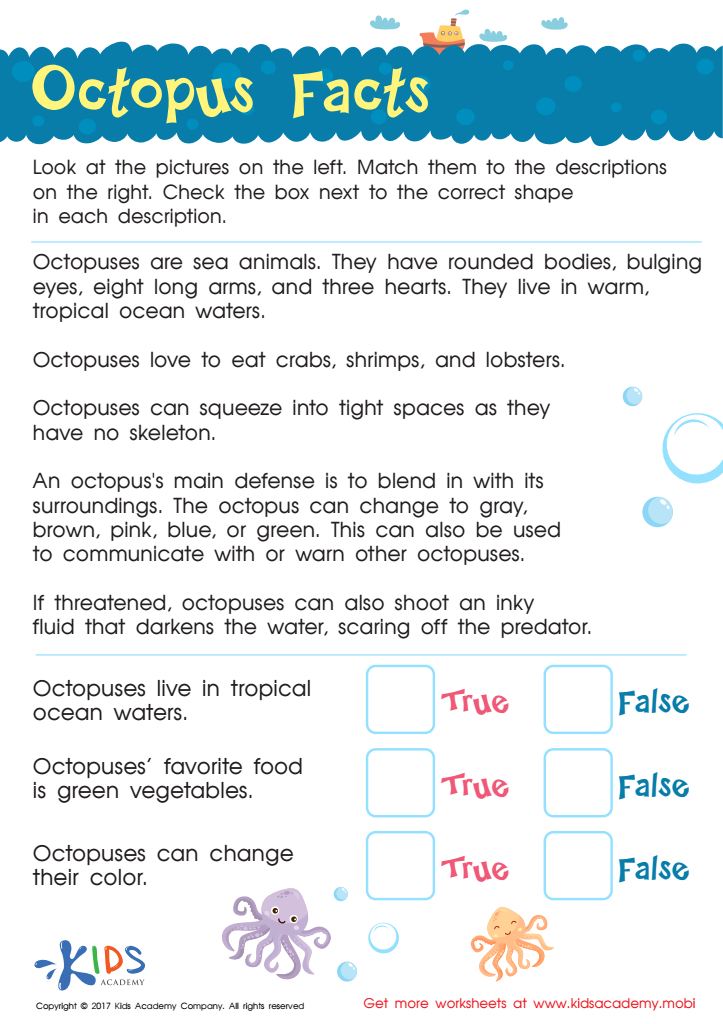

Octopus Facts Worksheet For Kids
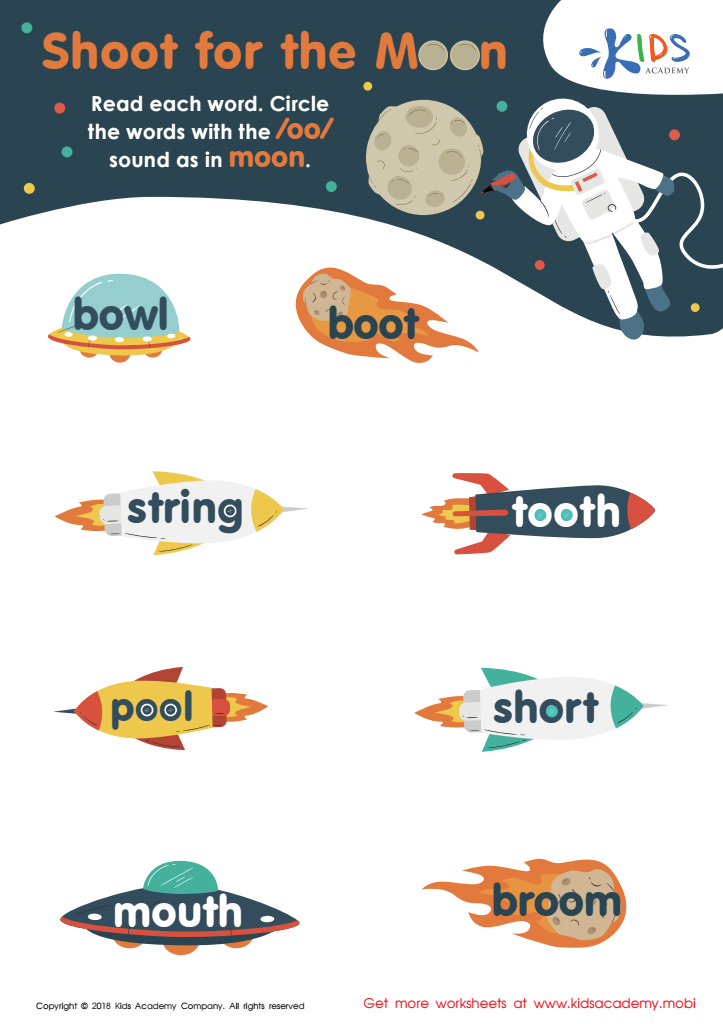

Reading: Shoot for the Moon Worksheet
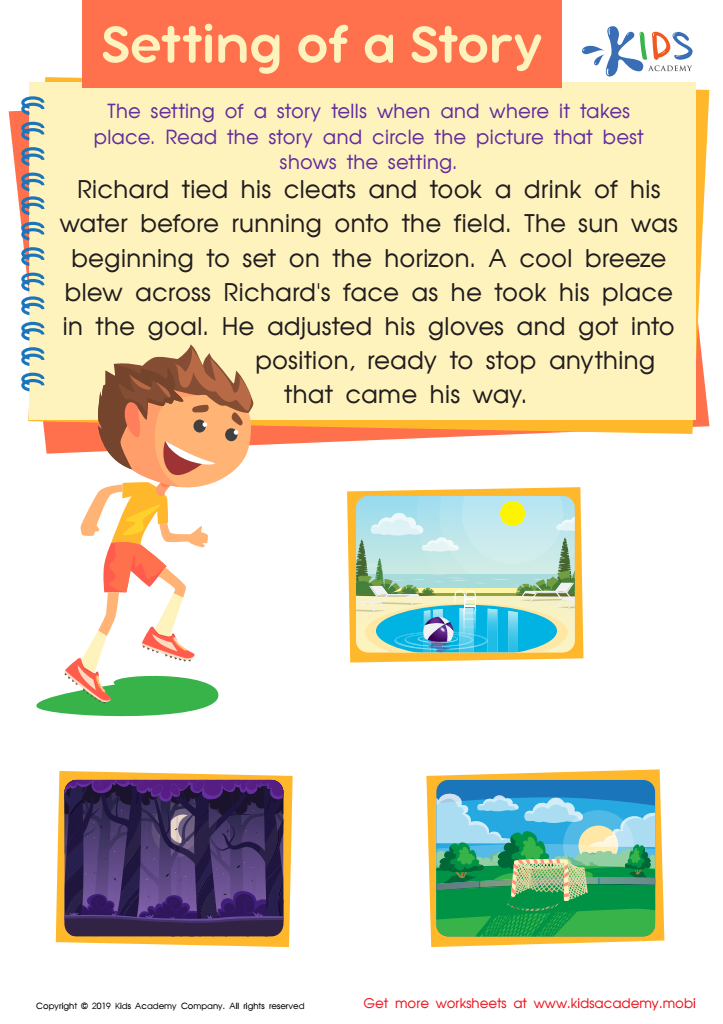

Setting of a Story Worksheet


The Boy Who Cried Wolf Part 2 Worksheet
Critical thinking skills are essential for children aged 3-9 as they lay the foundation for future learning and problem-solving capabilities. At this early stage, children are naturally curious, and fostering their ability to think critically enhances their cognitive development. Engaging with critically acclaimed literature and interactive reading strategies encourages them to ask questions, make connections, and evaluate information.
Parents and teachers play a crucial role in this developmental phase. By encouraging discussions around stories, analyzing characters' decisions, and identifying themes, caregivers cultivate a child's ability to reason and express their thoughts coherently. This not only improves comprehension skills but aligns with other key areas of development, such as social skills and emotional intelligence.
Furthermore, critical thinking skills acquired through reading help children navigate the complexities of the world around them. As they encounter diverse perspectives in literature, they learn empathy and cultural awareness, preparing them to be thoughtful, informed citizens. In an information-rich society, equipping young learners with the ability to analyze and question is vital. Ultimately, nurturing these skills enhances academic success and helps children become adaptable, independent thinkers, prepared for future challenges.
 Assign to My Students
Assign to My Students




